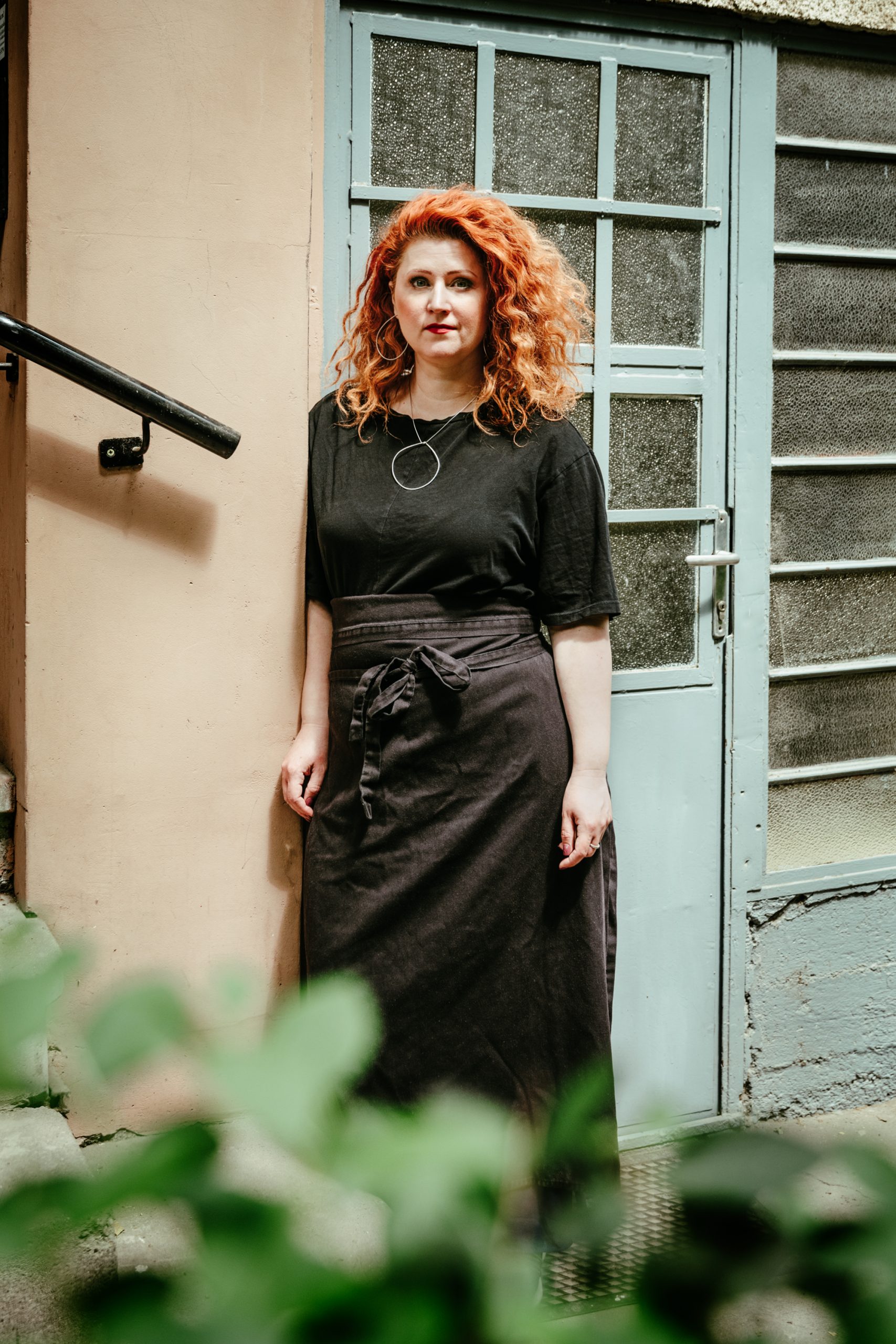Anyone who tastes a real cocoa bean or meets the world of bean-to-bar chocolate is most likely to fall in love instantly. There is more to it than the supposed bitterness of cocoa powder or the sweetness of sugar—chocolate ideally gives off at least as many notes as a perfume. If we approach the raw materials with a good sense and sufficient knowledge, they almost come to life and give us a whole new world. Viktoria Szeleczky-Takács, the dreamer of Fabric Chocolates, went with this flow.
I’ve written about the history of chocolate before, but the point is that we can also find records of cocoa beans being used in Mayan culture, and solid chocolate has been made since the mid-19th century. Relatively recent, but all the more powerful, is the bean-to-bar movement: which means that the makers participate in the whole process, so they don’t buy ready-made pastilles, but source the cocoa beans from producers, which are then sorted, roasted, shelled, crushed, canned, tempered and used in flavored or natural form. The characteristics of the growing area, the cocoa bean variety and the way it is processed can all play a part here, so even an unflavored single-origin bar can be a symphony of flavors. Contrary to popular opinion, good chocolate does not come from the highest cocoa content—an 85% dark chocolate can be honey-smoked, while a 40% milk chocolate can melt softly, but it is not sweet at all.
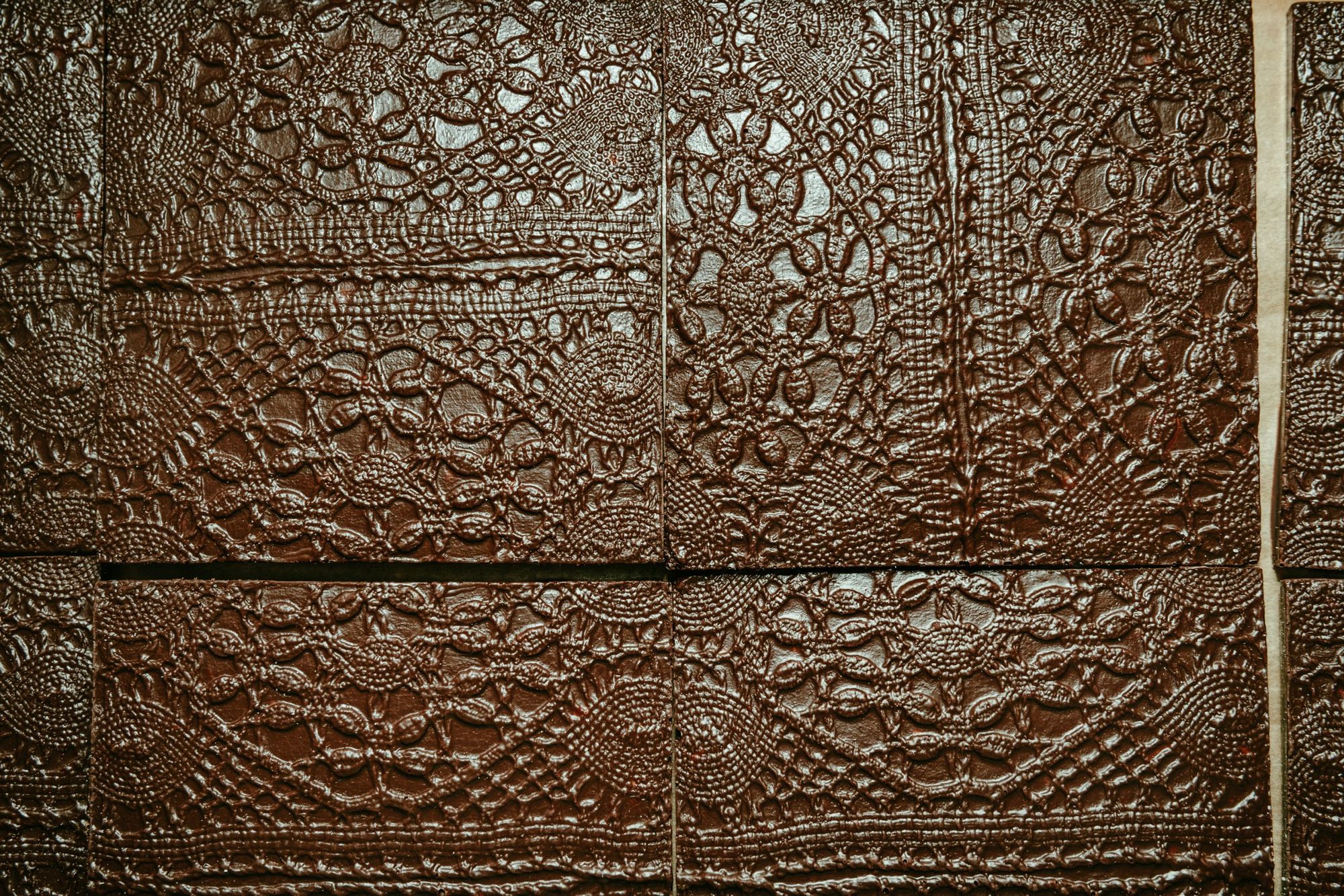
“Chocolate is like a gift.”
Fortunately, more and more people are engaged in this genre not only internationally, but also in Hungary. Viktória Szeleczky-Takács wanted to work in packaging design, but didn’t get into university, so she first studied decoration and then got a communication degree. She was a TV editor and journalist, but her creative side never let her rest. She once filmed a report at Rózsavölgyi Chocolate, and as she took a peek into this world, she felt that she had found something that she had been seeking for a long time. Since there was no relevant training at that time (and unfortunately this has been the case ever since), she started to educate herself, attending workshops abroad and visiting chocolate factories to learn. It was 2010, before the gastro revolution—and finally, 2 years later, she decided to have a go at it, so she started Fabric Chocolate.
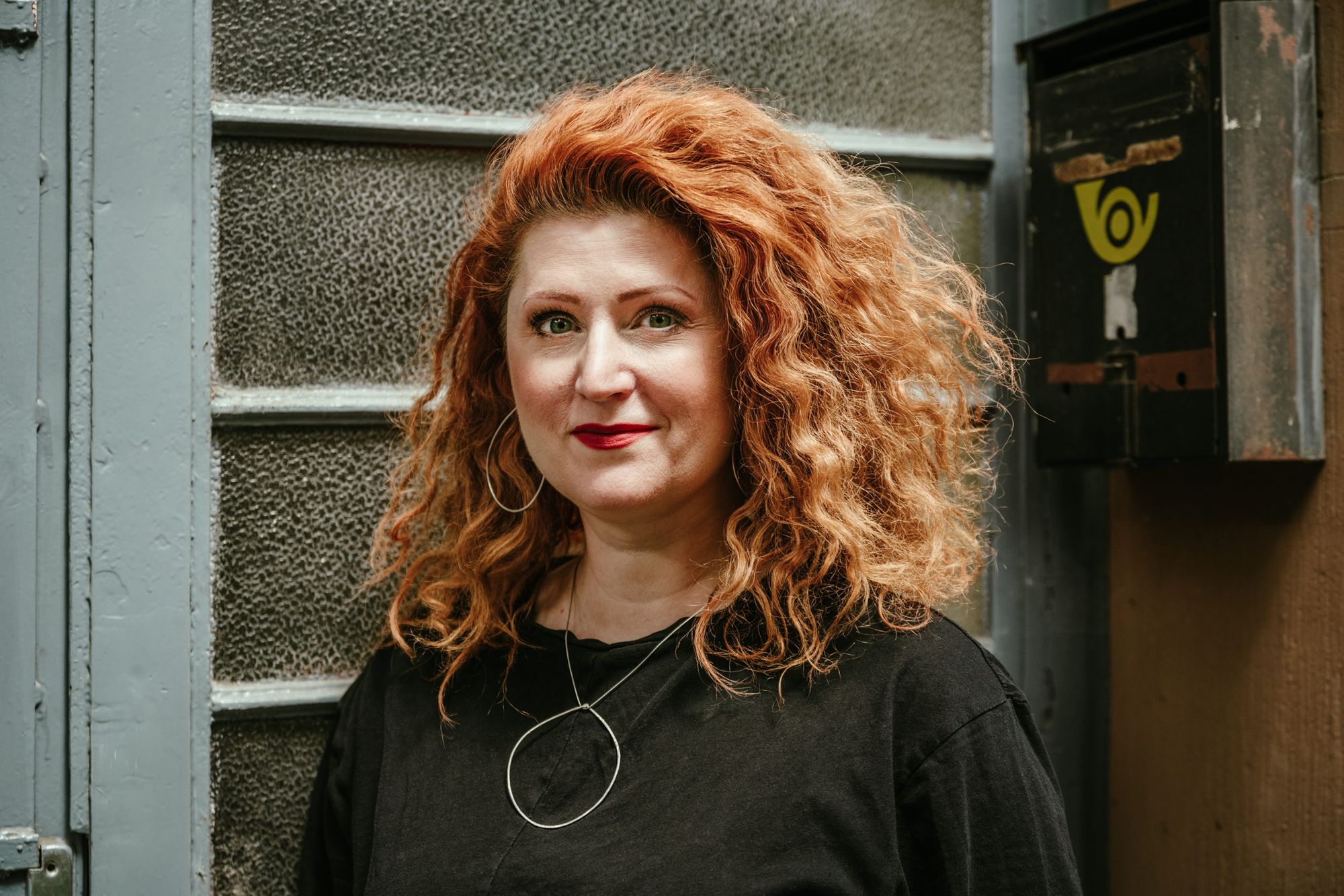
Of course, the departure was not smooth. On the one hand, she had to establish professional relationships, and on the other hand, she had to get everything herself, from cocoa beans to tools. She bought a little conching machine and started experimenting, sorting, tempering, and tasting. The world of sweets never attracted her for some reason, but she saw a lot of fantasy in the chocolate bars—literally. Achieving her dreams of packaging design, she dealt with the patterns of various chocolate molds as well as the graphics appearing on the box in parallel, sometimes quite intuitively.
“There was a time when I walked with clay in my pocket—when I saw an interesting plant, I took a print.”
The pattern of houseleek or lace not only makes chocolate more special but also encourages us to give time and attention to the pleasure of the sweets. Because Viki believes that chocolate should not be eaten by tearing off the packaging, we should rather enjoy it, just like good wines, so serving is just as important. And good design gives you a clue even if everything is not obvious at first glance. Often, by the way, one shape or pattern gives the inspiration for seasoning, so the two really exist hand in hand.

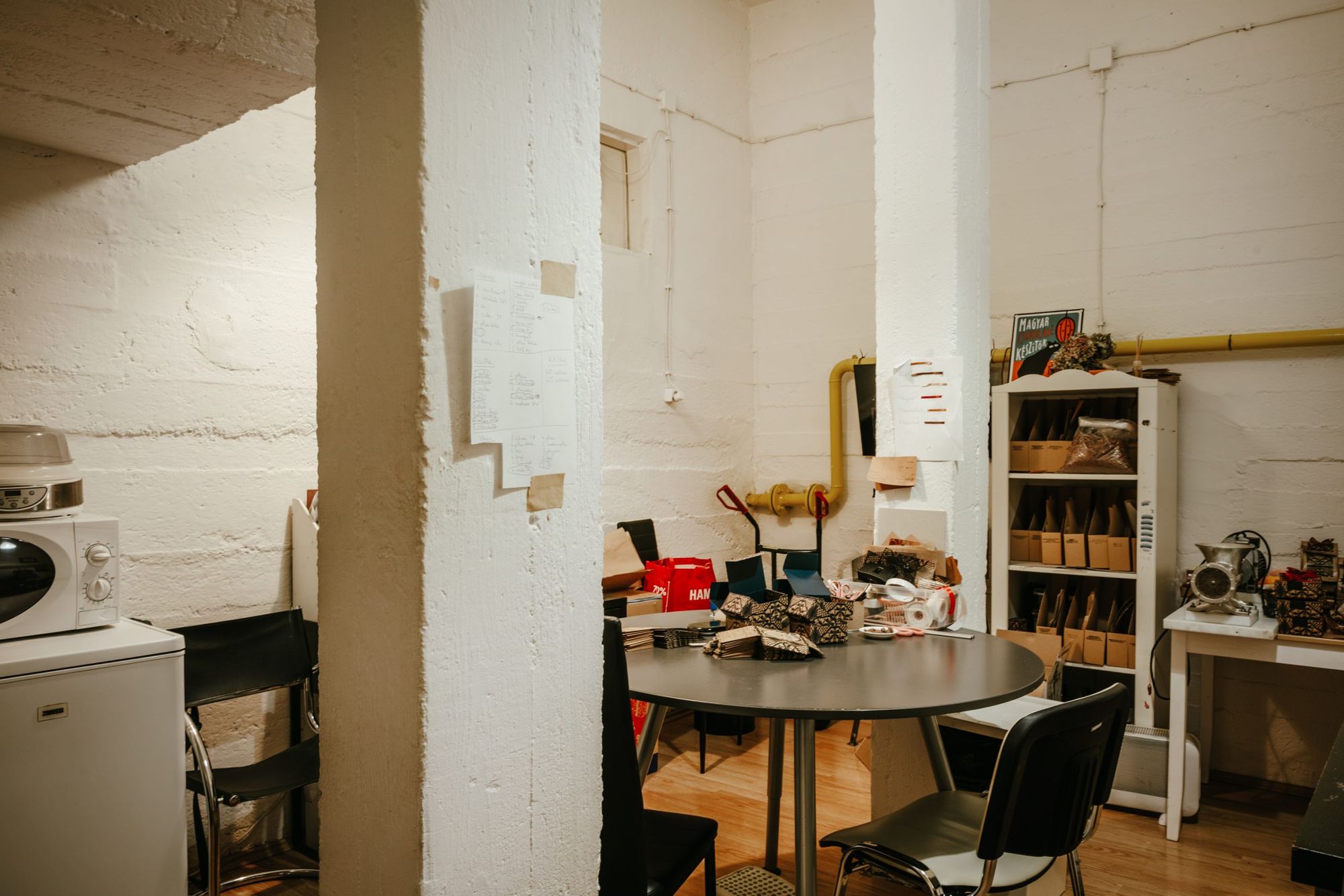



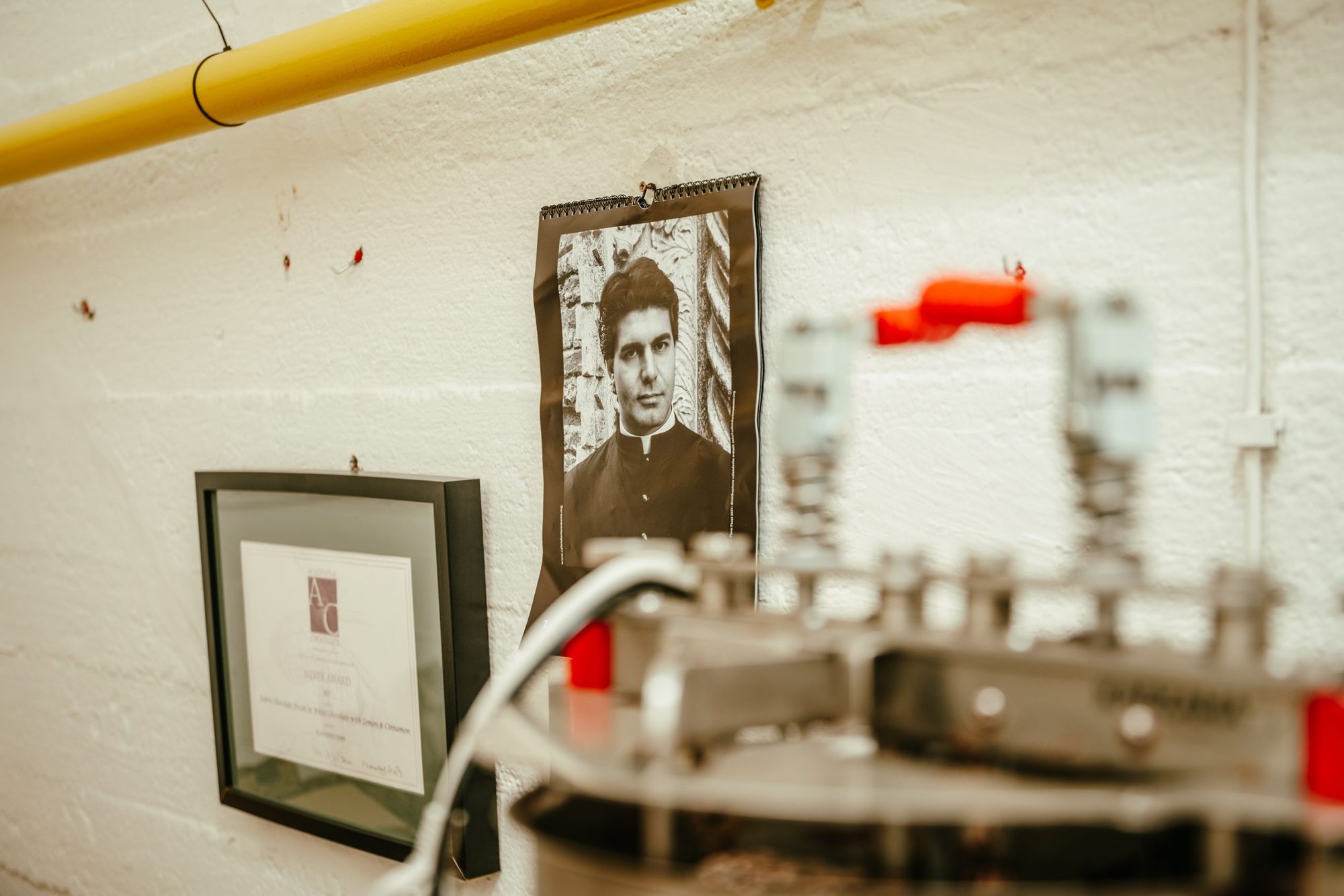
During product development, she took different directions. On the one hand, for bean-to-bar bars, she highlighted the flavors of cocoa beans, which currently come from Ecuador, Madagascar and the Philippines. They can feature citrusy or even berry flavors, often with a touch of homemade smoked salt or cane sugar. This smoky flavor is also very much to her liking, and so it also comes through the other direction, in the cool and playful use of spices: the tonka bean-date vinegar, dried tomato-raspberry, or even the pine nuts-figs dark chocolate are good examples of the harmony of opposites. The milk and white chocolates in the Fabric range are not nauseatingly sweet either: a big favorite from the latter is the award-winning Viento, which includes caramelized cocoa beans and almond oil is a big favorite, but the white version of the green tea bar (which does not contain cocoa powder, but only cocoa butter) is also worth tasting.
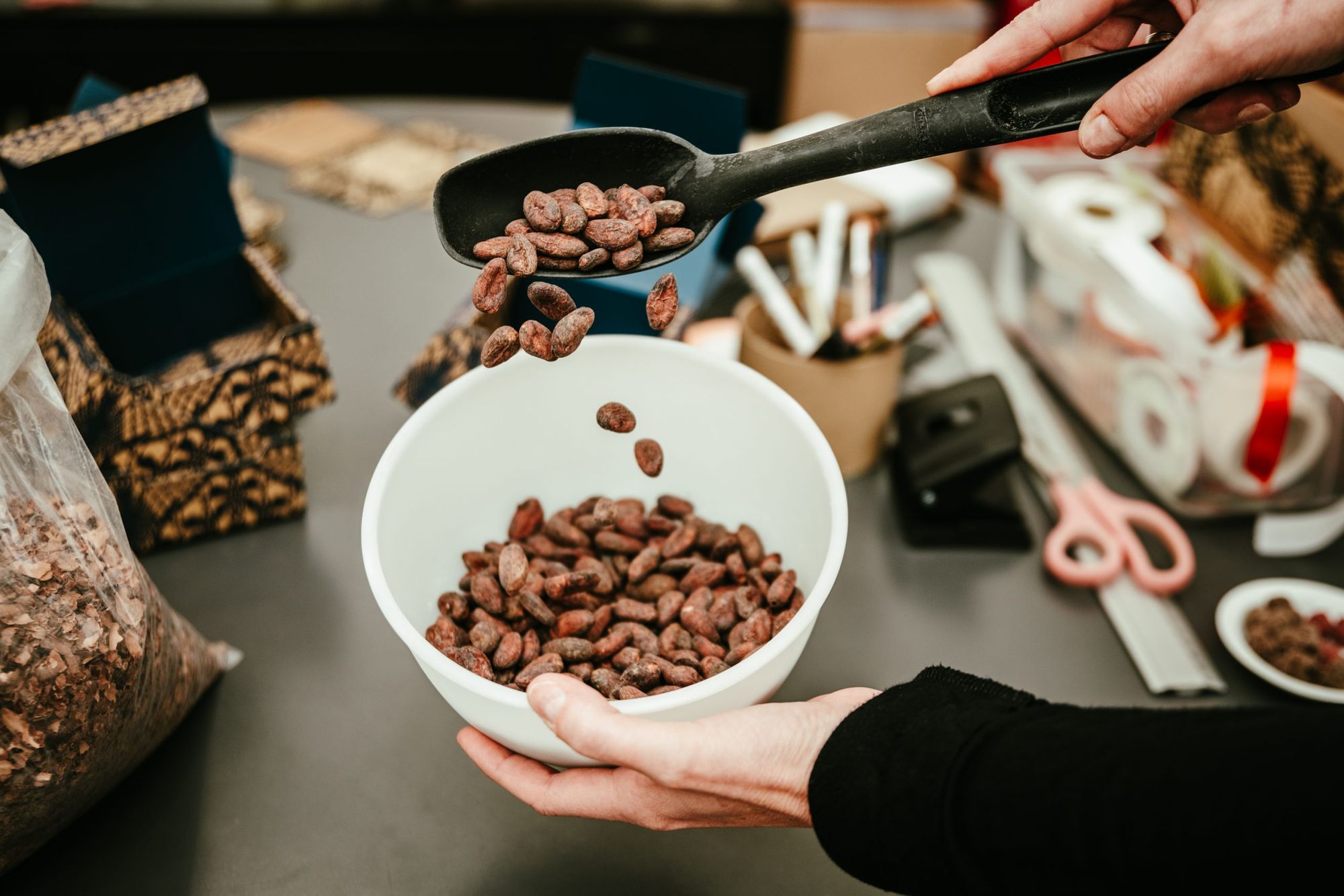

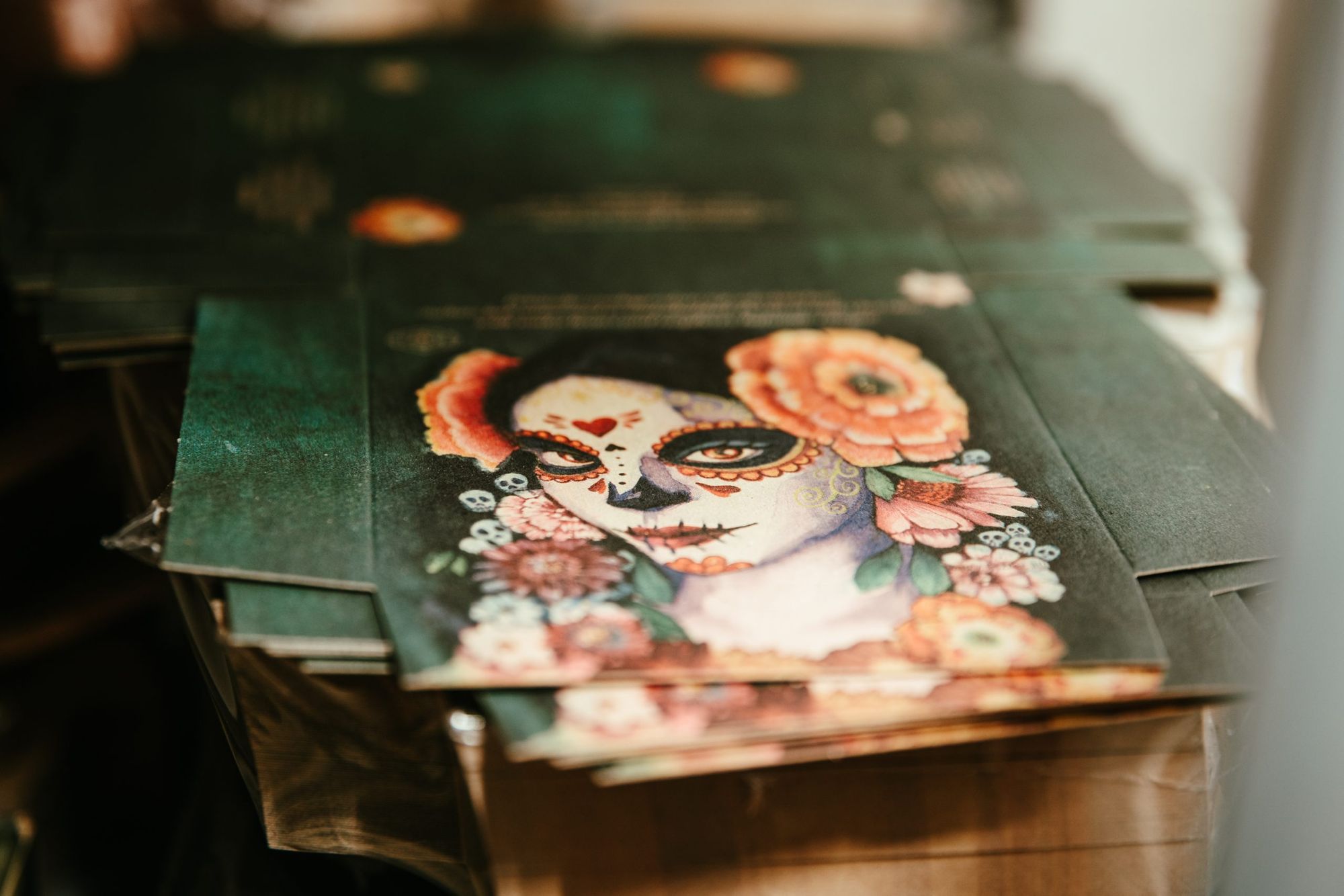

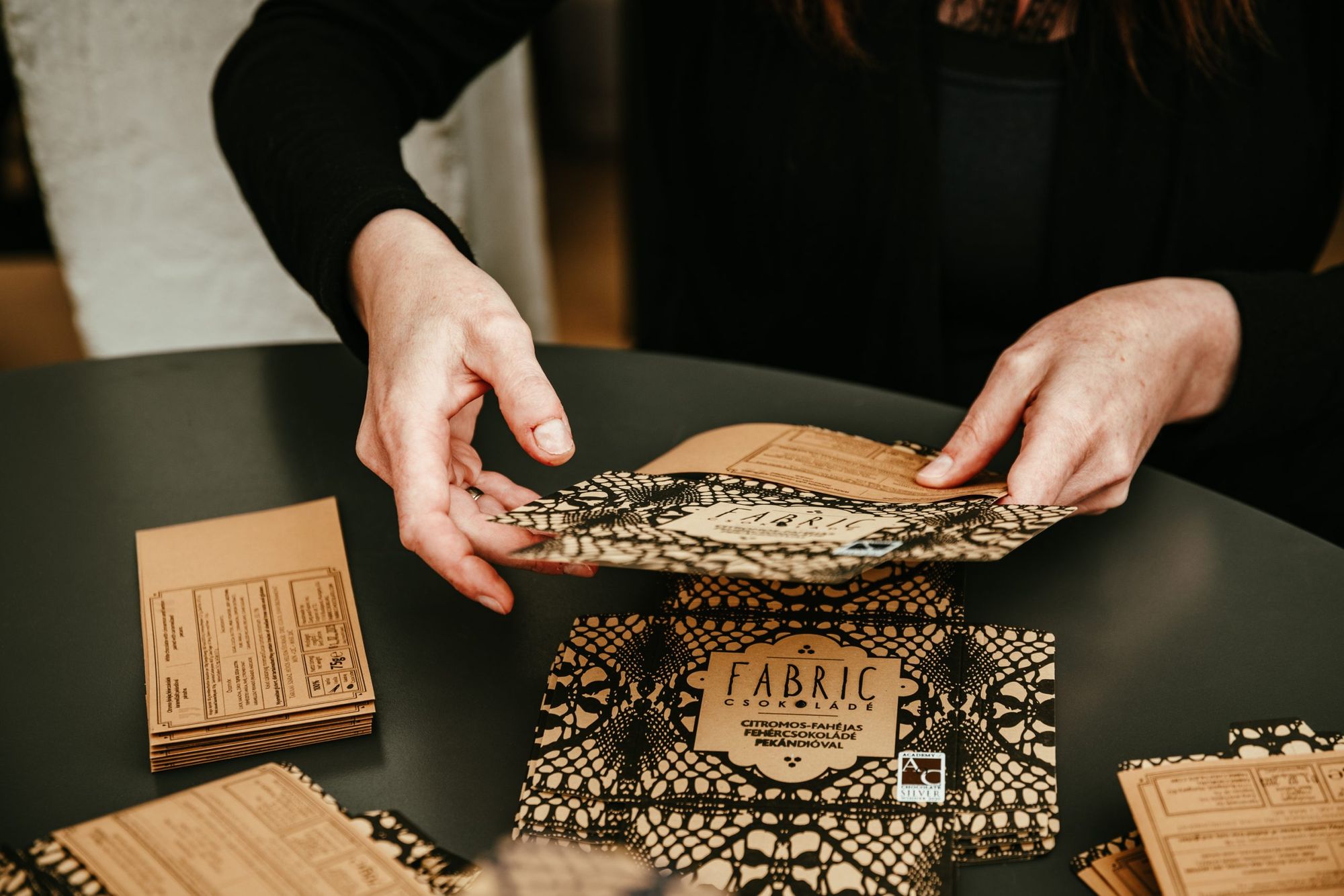
Let’s not forget the third direction, the offer of dragées: it has long excited her (we are not a ‘Dunakavics’ nation for nothing), but for a long time she couldn’t invest in a professional panning machine. Her father, an aeronautical engineer, made one for her, but it was worth the trouble. The dried black cherries are coated with almond oil and milk chocolate and homemade pastry, the coffee bean wears a chai latte robe, and the caramelized pecan meets raspberry vinegar and tonka bean. They are all divine and all come in a beautiful box, which is made and ribboned by hand until the last rhinestones. She hasn’t been running the brand alone, by the way, an old friend, Krisztina Puskás, who is also the designer of Infinity Paper Design, has been helping her for three years now.
“Sometimes I go abroad and my brand pops up from unexpected places.”
The help comes in handy, because, having participated in so many competitions before, customers quickly found her, at first mainly from abroad. The brand’s products have already been awarded 27 times at the Academy Of Chocolate Awards, but it has also won other awards at the International Chocolate Awards and Great Taste Awards. As a result, she often has custom orders, where she has to put the characteristics of the brand (design or content) into chocolate.

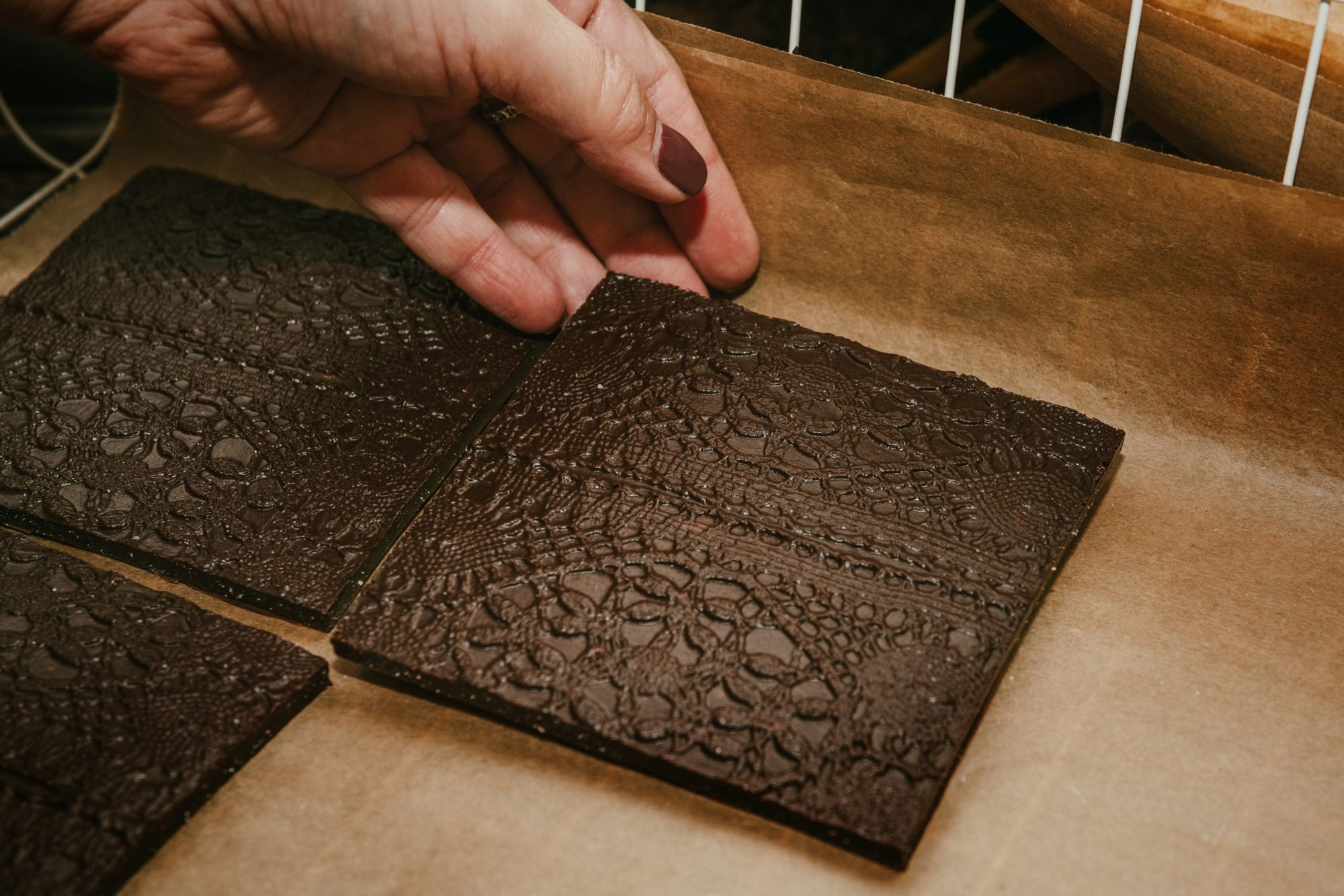
Nevertheless, she sees an increasing need for learning, so she wants to help everyone who would like to try themselves in this world: she will start workshops soon. And there’s a whole new direction that takes her back to design. She has been preparing to become a goldsmith for 1,5 years and will start an official school, because she wants to expand Fabric’s offerings with jewelry collections, of course, taking chocolate as an inspiration. Although some prototypes have already been completed, she plans the launch next year, where the aesthetics of Fabric will be presented in a new form, but we don’t have to wait until then, sweets are available in countless places in Budapest (e.g. Endorfine, Mantra Specialty Coffee Shop) and in the countryside (e.g. CsokiSzeg in Kőszeg or Choco Ciao in Győr).

Fabric | Web | Facebook | Instagram
Photos: Krisztina Szalay

This special bar in Vienna flies us to the space!
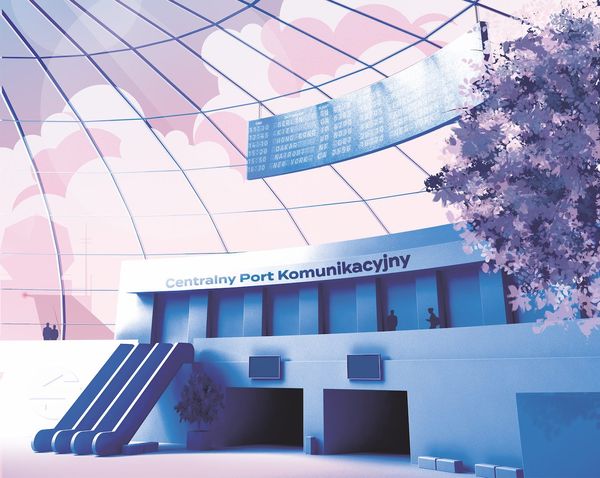
CPK the hub – Creating the new CEE










